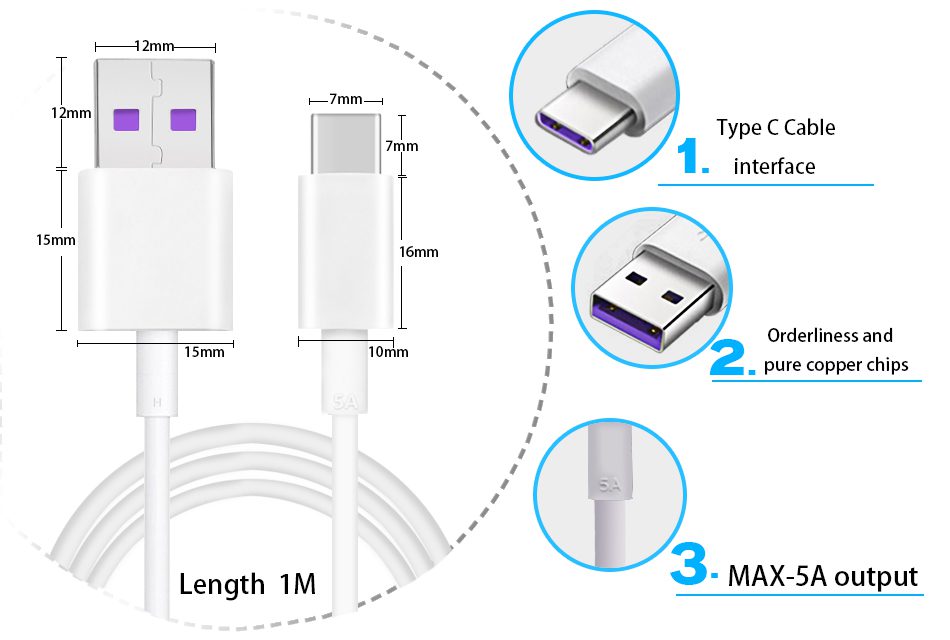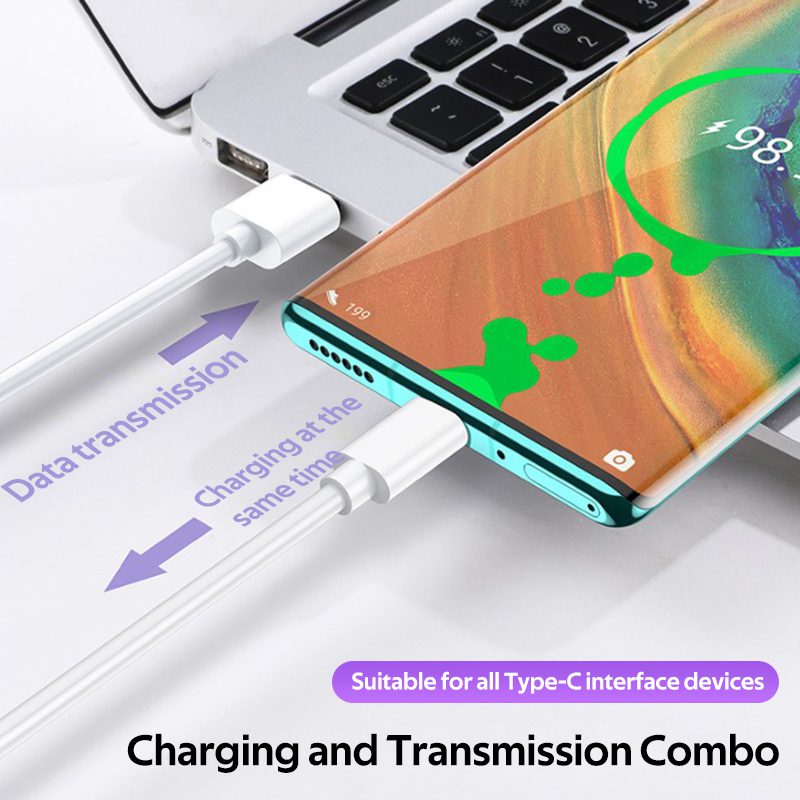The Evolution of USB Cables: From Data Transfer to Fast Charging
The Evolution of USB Cables
USB (Universal Serial Bus) cables have become an integral part of our everyday lives. Most of us use USB cables to connect our devices to computers, prijenos podataka, and charge our gadgets. However, USB cables have come a long way since their inception, evolving from simple data transfer cables to fast charging powerhouses.

The first USB cable, known as USB 1.0, was introduced in the mid-1990s. It had a transfer rate of only 12 megabits per second (Mbps) and was primarily used to connect peripherals such as keyboards, mice, and printers to computers. While this was revolutionary at the time, it was nowhere near the speeds we are accustomed to today.
As technology advanced, so did USB cables. USB 2.0 was introduced in 2000, with a significantly faster transfer rate of 480 Mbps. This allowed for quicker data transfer and facilitated the development of more advanced devices such as digital cameras and portable hard drives.
USB 3.0, also known as SuperSpeed USB, was introduced in 2008. It had a whopping transfer rate of 5 gigabits per second (Gbps), which was ten times faster than its predecessor. This version of USB cables revolutionized data transfer speeds and made it possible to transfer large files and stream high-definition videos with ease.
Then came USB 3.1, which doubled the transfer rate to 10 Gbps. This enhanced the capabilities of USB cables even further, enabling faster and more efficient data transfer. However, the biggest game-changer in the evolution of USB cables was yet to come.
U 2014, USB Type-C was introduced. This new connector brought with it a host of new features and capabilities. USB Type-C cables are reversible, meaning they can be plugged in either way, eliminating the frustration of trying to plug them in correctly. They also support higher power delivery, allowing for fast charging of devices.

USB Type-C cables not only have improved data transfer speeds of up to 20 Gbps in the latest version, but they also support power delivery of up to 100 watts. This makes them capable of charging laptops, tablets, smartphones, and other devices quickly. Additionally, USB Type-C cables can transfer audio and video signals, making them a versatile choice for connecting devices to external displays or speakers.
The evolution of USB cables from simple data transfer to fast charging capabilities has revolutionized the way we use our devices. We no longer need to carry multiple cables for different purposes, as a USB Type-C cable can serve all our needs. This convenience has made USB Type-C cables the standard for many devices, including smartphones, laptops, and even gaming consoles.
In conclusion, USB cables have undergone a remarkable evolution over the years. From their humble beginnings as simple data transfer cables, they have transformed into powerful tools capable of fast charging and high-speed data transfer. USB Type-C cables have simplified our lives by eliminating the need for multiple cables and connectors, making them an indispensable part of our digital world.

